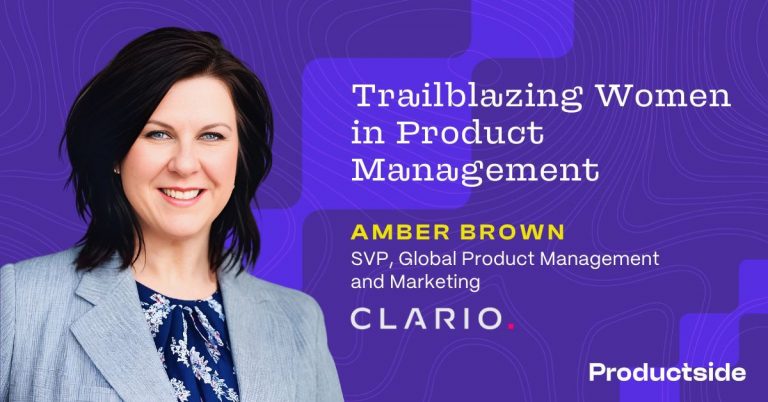
Just when you thought your strategy was safe — your product vision clearly defined and your roadmap carefully scheduled and planned — we introduce the new and disturbing PRODUCT NIGHTMARES, coming to you in the form of 50s and 60s B-horror flicks.
Stay aligned or beware — these nightmares will start consuming you alive!
Scrumzilla
Welcome to the wild realm of Scrum, where you’re about to meet the colossal and menacing Scrumzilla. This giant beast is a force to be reckoned with, capable of turning your entire organization into a chaotic battleground. In this land, the pursuit of “getting the process right” takes precedence over the holy grail of delivering actual value.
As Scrumzilla’s mammoth footsteps thunder down, they obliterate your once-pristine bridges and towers from your roadmap, reducing them to mere piles of rubble. The feature requests that you so meticulously prioritized meet a fiery end in the scorching breath of this monstrous creature. With each destructive stride, Scrumzilla transforms your carefully crafted roadmap into a smoldering wasteland, leaving your vision of the future in tatters, a sad heap of debris. Brace yourself for the wrath of Scrumzilla, a creature that demands respect and vigilance!
Frankensoft
Meet Frankensoft, the ghastly offspring born from a nightmarish fusion of products and features, carelessly mashed together without the slightest consideration for strategy or user experience. In a moment of self-awareness, this abomination comes to the chilling realization that it’s the antithesis of a harmonious ensemble of products and features — it’s downright monstrous!
The origins of this dreadful creation can be traced back to haphazard acquisitions, third-party grafting, or the chaotic assembly of disparate software in isolated silos. Then, when the switch is flipped for the release, it’s as if mad DevOps engineers, their cries echoing into the boiling sky, proclaim with maniacal glee: “It’s alive! It’s ALIVE!!!”
Escape from the Feature Factory
Picture a Feature Factory, a term cleverly coined by the esteemed product guru John Cutler. Within its grim confines, product organizations find themselves ensnared in a dystopian nightmare, driven solely by output and productivity, like machines in a relentless cycle. It’s an addiction to busyness that blinds teams to the true impact of their efforts.
Under this oppressive regime, teams toil tirelessly, their velocities cranked up to a weaponized 120% optimization, all while lacking a clear strategic purpose. The result? A lackluster mishmash of unsustainable complexity that crumbles under the weight of its own mediocrity, offering little long-term value.
The only glimmer of hope lies in breaking free, making a daring escape toward an outcomes-based paradigm shift. But beware, for the path to freedom is fraught with peril, with the ever-present threat of being crushed under the allure of shiny distractions and the weight of invalidated hypotheses.
The Dangerous Animals of Product Management
In the jungle of product management, you might encounter some truly wild creatures. From the insatiable HiPPO (Highest Paid-Person’s Opinion) to the venomous CoBRA (Cognitive Bias-Related Assertions), and the stampeding RHiNO (Really High-Value New Opportunity), there’s no shortage of Dangerous Animals of Product Management. When these untamed stakeholders and situations roam free, they can spell disaster for your product and business.
The remedy? Master the art of influencing without formal authority and embark on the grand adventure of transforming your stakeholders into true product aficionados. By teaching them to think more like product people, you can turn these wild beasts into valuable allies, creating a harmonious ecosystem for your product’s success in the jungle of business.
Night of the Living Bugs
Get ready for the spine-tingling saga known as “Night of the Living Bugs,” a nightmare scenario that perfectly encapsulates the harrowing experience of product owners inheriting backlogs and products where technical debt and bugs have been carelessly hidden away. It’s a tale of dread that begins when the unsuspecting, newly arrived product owner lifts the proverbial carpet, unleashing a Pandora’s Box of torment upon future sprint planning sessions.
Within this box lie nightmarish non-functional requirements and treacherous lines of faulty code, poised to wreak havoc on your meticulously crafted product strategy and roadmap. As a valiant product owner, your only chance of survival is to grab hold of the can of test automation and wield the mighty sword of feature prioritization to fend off these relentless pests, preventing them from devouring your hard-earned progress and dreams.
The Feature from the Backlog Lagoon
Many product organizations have the bad habit of saying yes to all feature requests coming in from customers and across the organization. They never plan to actually follow through, but the requests get tossed into a watery swamp of a product backlog anyway. All these unfulfilled promises begin to build, eventually becoming a toxic dumping ground — a black backlog lagoon.
Then the day comes when somebody (probably one of your big-ticket customers) comes to collect. Rising out of the primordial muck, the beast from your backlog lagoon appears — usually at the worst time possible — killing off your highest-value stories, scaring away your stakeholders, and wreaking havoc on your roadmap planning.



